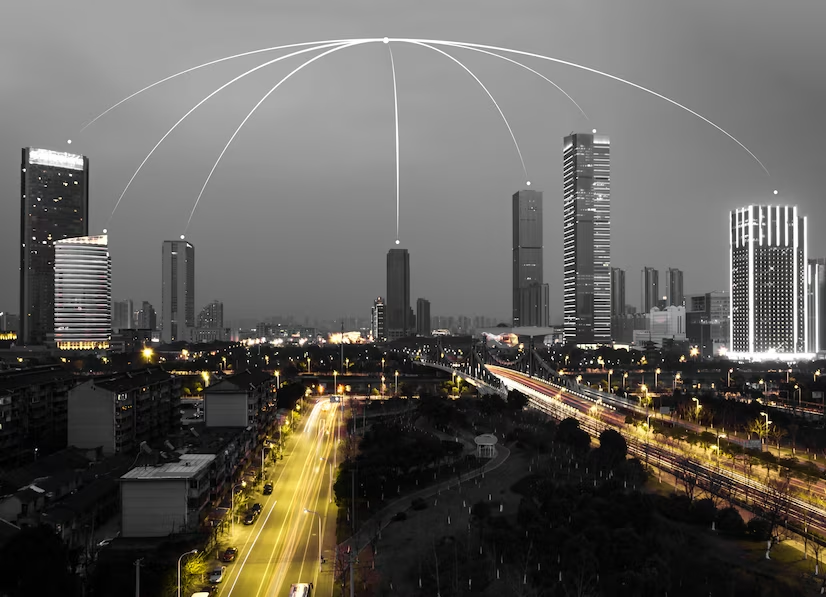Guest Wi-Fi Networks 🎁 The Gift of Secure Connections This Holiday Season
Learn what a guest Wi-Fi network is, how it works, and why it’s perfect for holiday visitors. Keep your main network secure while spreading holiday cheer!

🎄 Guest Wi-Fi Networks 🎁
The Gift of Secure Connections This Holiday Season
Introduction
The holidays are a time for joy, gatherings, and plenty of houseguests. But with every connected device from phones to tablets flooding your home network, security and speed can take a hit. That’s where a guest Wi-Fi network comes in—a secure, separate connection for your visitors that keeps your main network safe and running smoothly.
Let’s explore what a guest Wi-Fi network is, how it works, and why it’s the perfect tech gift to yourself this holiday season. 🎄
What Is a Guest Wi-Fi Network?
A guest Wi-Fi network is a secondary wireless network created on your router, separate from your primary home network. It allows visitors to connect to the internet without accessing your main network or its connected devices.
Why It’s Handy:
- Improves security by isolating guest devices from your personal network.
- Prevents unauthorized access to sensitive data and smart devices.
- Maintains better network performance for your primary devices.
How Does a Guest Wi-Fi Network Work?
Most modern routers offer the option to set up a guest Wi-Fi network. It’s like having two networks under the same roof, each with its own name and password.
Key Features:
- Separate SSID (network name) for guests.
- Optional password protection for access control.
- Bandwidth limits to ensure your main network isn’t slowed down.
- Isolation mode to block guest devices from communicating with each other.
Why Set Up a Guest Wi-Fi Network for the Holidays?
From tech-savvy teens to grandparents streaming holiday movies, your guests likely bring multiple devices to your home. A guest network ensures they stay connected without compromising your network’s security or performance.
Holiday Benefits:
- Enhanced Security: Guests can surf the web without risking your personal data.
- Convenience: Share a simple guest network name and password instead of your main credentials.
- Bandwidth Management: Prevent your network from slowing down under heavy use.
How to Set Up a Guest Wi-Fi Network
Setting up a guest Wi-Fi network is simple and varies slightly depending on your router model. Here’s a general guide:
- Log into your router’s admin panel (usually by typing your router’s IP address into a browser).
- Navigate to the wireless settings or guest network section.
- Enable the guest network feature and assign it a name (e.g., “Holiday Guests”).
- Set a secure password, if desired, to limit access.
- Save your changes and share the details with your guests.
Related Links
Conclusion
A guest Wi-Fi network is a small but mighty addition to your home this holiday season. It keeps your main network secure, ensures seamless connectivity for guests, and prevents the holiday bandwidth blues. 🎁
Give yourself the gift of a secure, stress-free holiday by setting up a guest Wi-Fi network today. Your family, friends, and devices will thank you!




